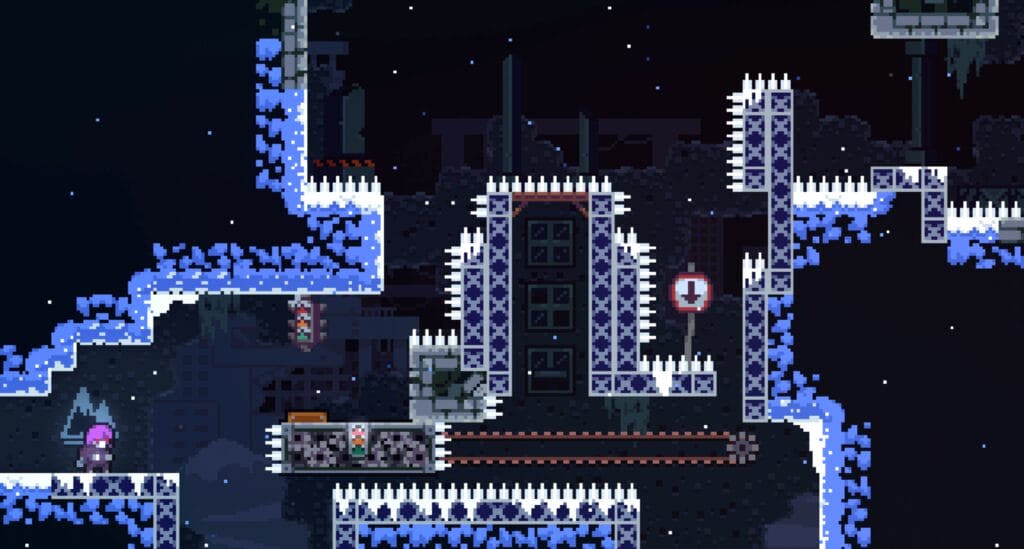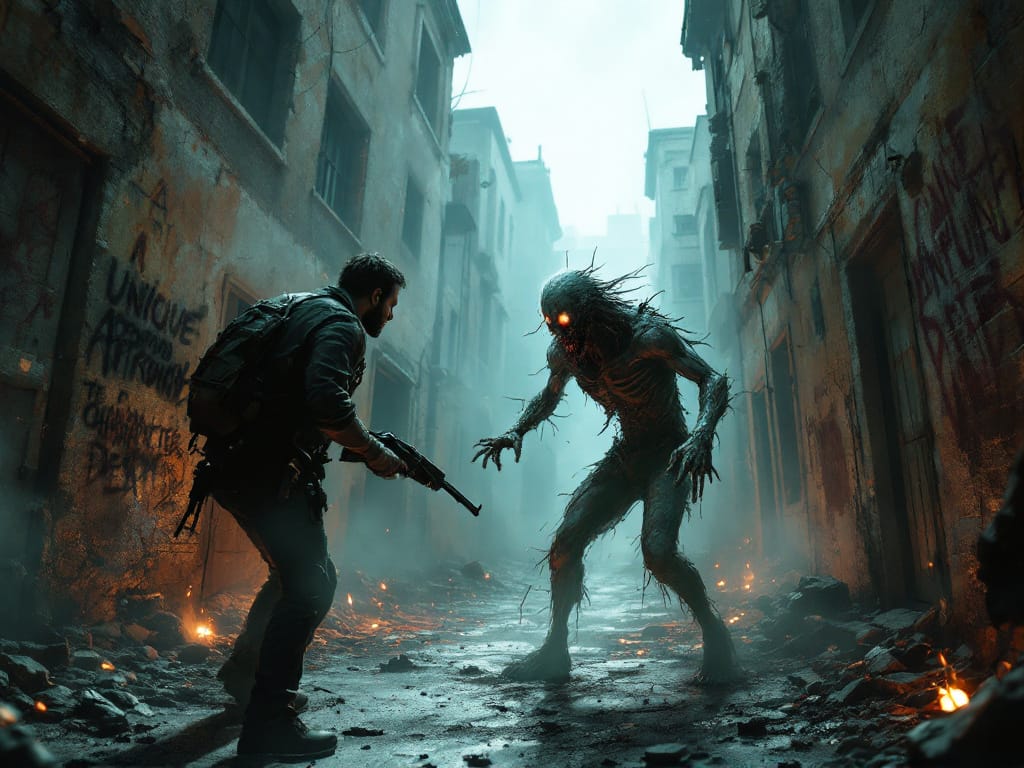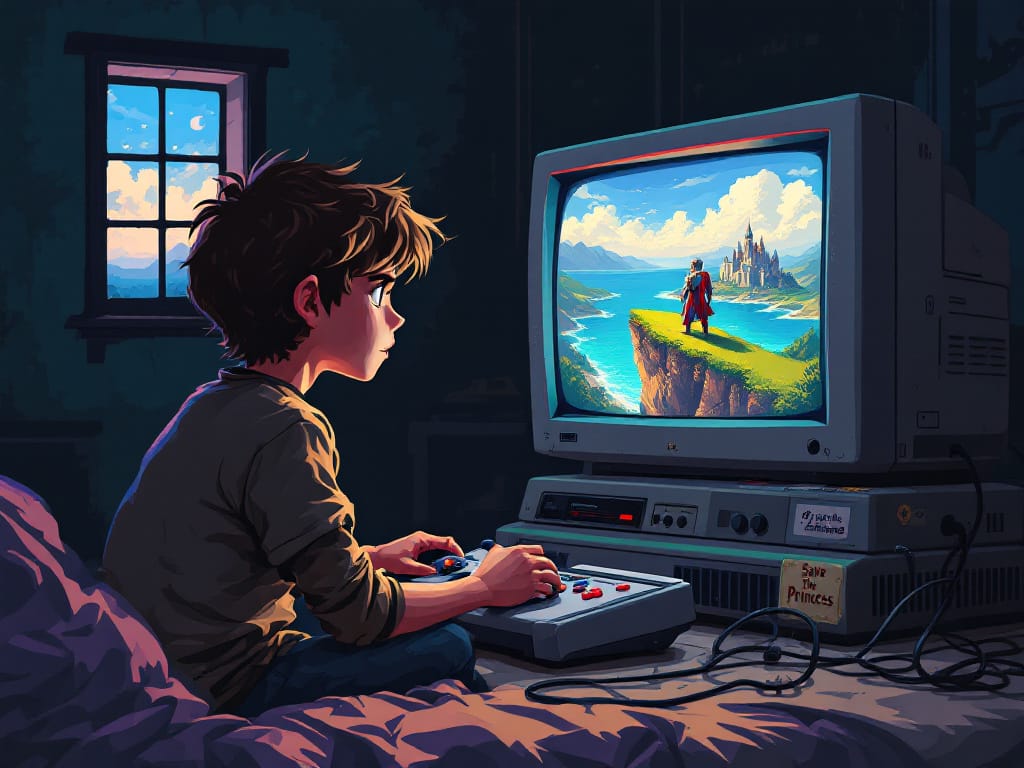How to Become a Level Designer in the games industry: Level design is a learnable skill that passionate gamers can turn into a rewarding career with dedication and practice.
Level design for video games allows creative gamers to build immersive virtual worlds full of challenges, mysteries, and surprises. As an aspiring designer, you likely have fond memories exploring the expertly crafted levels from classic games in your youth. Who doesn’t remember the first time they discovered a hidden warp pipe in Super Mario Bros, picked up a new ability that opened up Metroid’s tangled tunnels, or completed a multilayered challenge room in Banjo-Kazooie? Iconic game levels ignite our imagination and make us believe we’ve journeyed somewhere new and fantastic.
If you dream of crafting these types of memorable game spaces and turning your artistic passion into a full-time job, you’ve come to the right place. While level design can seem like an exclusive skill only for experienced developers, with dedication and practice, it’s a craft anyone can learn. In this comprehensive guide, I’ll share all my tips and strategies for going from passionate gamer to professional level designer.
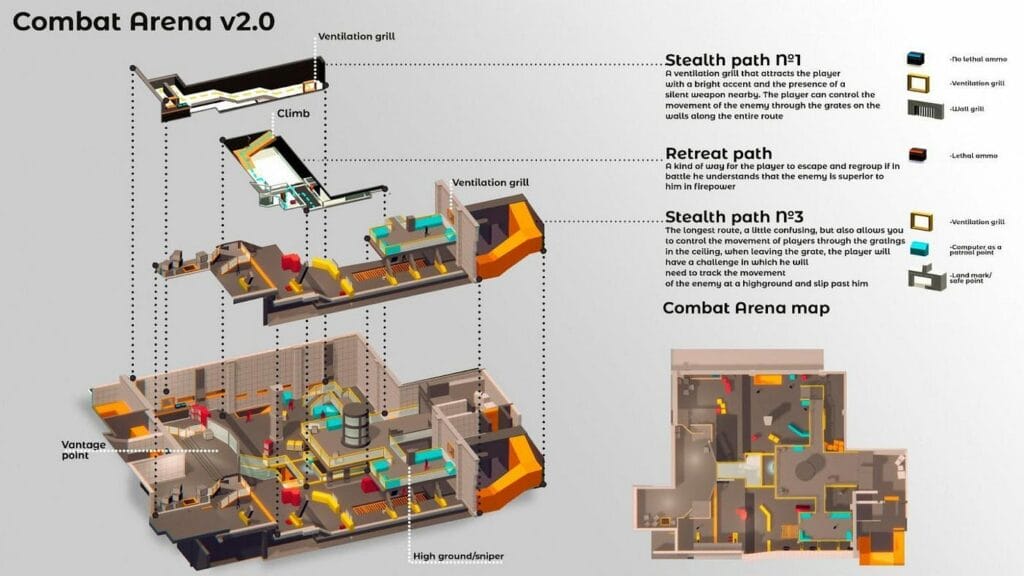
1: Learning Level Design Fundamentals
Before diving into game engines and creating levels, it’s crucial to build an understanding of the core principles of level design. Learning fundamentals first gives you a solid foundation to apply as you gain hands-on experience.
Key Takeaway: Master level design fundamentals like pacing, layout, lighting, and visual storytelling before applying skills hands-on.
Here are some of the essential theoretical topics to focus on first:
Pacing – The tempo and speed at which the player moves through the level. For example, spacing enemies close together increases tension while big open areas allow relief.
Flow – How the level guides the player through the space via landmarks, lighting, color-coding, etc. Design flow to seamlessly lead the player while still allowing freedom.
Layout – Where elements like cover, hazards, collectibles etc. are positioned to challenge the player and encourage exploration.
Lighting – How lighting draws the player’s attention and establishes mood. Bright, open areas feel safe while dark, cramped ones evoke danger.
Visual Storytelling – Using environmental elements to convey narrative and make the world feel believable. For example, scorch marks and rubble can hint at a location’s history.
Balance – Adjusting challenges so difficulty ramps up steadily throughout the level and matches the player’s growing abilities.
There are countless great resources available to learn about these core design concepts and more:
Books
Articles
- Gamasutra (now game developers Articles – Key level design articles includes:
YouTube Channels
Online Courses

2: Practicing in Existing Games
After absorbing enough core design knowledge, the next step is practical application. An excellent way to start is by analyzing and learning from levels in existing games you enjoy playing.
Key Takeaway: Analyze and recreate levels from simple games to turn design theory into concrete skills.
Choose a game with straightforward mechanics like the original Super Mario Bros on NES. Play through the levels and take note of how they utilize the design fundamentals you learned:
- How does the layout guide Mario through each stage and encourage exploration?
- Where are enemies positioned to create challenging obstacles?
- How do gaps and platforms control pacing and difficulty?
- How does the visual aesthetic establish mood?
Really break down how each element supports overall design goals. You can even sketch out level layouts on paper to better understand their structure.
Next, select a short level section to recreate. Use a free level editor like Lun lun’s Super Mario Maker or Levelhead. Don’t just copy it exactly though – experiment by tweaking the layout or adding new elements that change gameplay dynamics. Testing how small changes impact the player experience helps cement your knowledge.
Analyzing and recreating existing levels is a rite of passage for designers. It quickly builds concrete skills you can apply to your own designs.
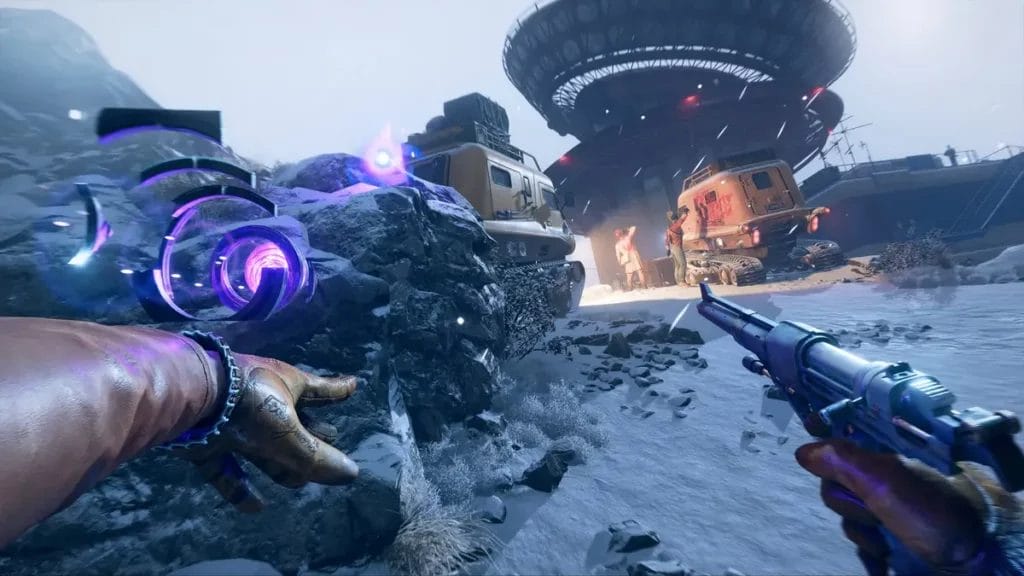
3: Gaining Experience with Game Mods
Immerse yourself in level design theory before attempting to build levels. Understand principles first, then practice applying them.
Once comfortable analyzing and recreating simple game levels, the next step is to start designing entirely new levels by modding existing games. Modding allows you to apply your skills in a practical way without needing to build an entire game from scratch.
Key Takeaway: Modding games is an excellent way to gain hands-on level design experience and build your portfolio.
Here are some great entry points for novice modders:
Portal 2 – The Perpetual Testing Initiative DLC lets you design puzzle test chamber levels using Portal 2’s robust logic editor. You can place puzzle elements, script trigger events, and publish levels for others to play.
Super Mario Maker – This creation tool allows you to make and share complete 2D Mario levels without coding. You can place platforms, enemies, power-ups and more via simple drag-and-drop.
Doom Builder – This editor lets you build new levels for classic Doom and other 90s shooters. Great for honing first-person level design skills.
RPG Maker – Design 2D top-down RPG dungeons and towns. Focuses on narrative-driven level design.
SnapMap (Doom 2016) – Create arena battle maps and share them online on consoles and PC.
Far Cry 5 – The in-game editor lets you build landscapes and missions. Room for creativity despite some limitations.
Dota 2 – Create custom multiplayer maps by modding the main game in Valve’s Hammer editor.
Start small in scale. Focus on designing short sections that let you apply specific skills, like building an action-packed arena battle, maze-like tunnels, or puzzling tomb filled with traps.
Polish and playtest your mods extensively before publishing them. Build up a portfolio of your best work to showcase your skills and experience. With a few quality mods under your belt, you’ll be ready for more advanced projects.

4: Getting Familiar with Professional Tools
So far we’ve focused on games with simplified editing tools aimed at novice creators. But to turn level design into a career, you’ll need professional-grade experience building levels from scratch. That means getting comfortable with industry-standard game engines and creation tools.
Key Takeaway: Learn to use professional tools like Unity and Unreal to take your skills to the next level.
These gaming engines provide advanced functionality and development workflows that more closely match what you’ll experience working in the game industry:
Follow engine tutorials to familiarize yourself with the interface and tools. Recreate sections from favorite games to become comfortable with the editor workflow. Then utilize documentation and forums to push your skills further.
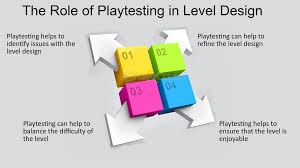
5: The Importance of Playtesting
With the power of professional tools at your fingertips, you can now bring your unique level ideas to life. But before showing your levels to the world, they need to be put through rigorous playtesting. Playtesting is perhaps the most critical yet overlooked skill for level designers.
Key Takeaway: Extensive playtesting by fresh eyes is essential to refining and polishing levels before releasing them.
Every level you create, no matter how big or small, should go through multiple stages of playtesting:
Internal – You playtest the level extensively yourself, trying to break it and find flaws in the design. Review from different angles – figuratively and literally.
Friends & Family – Share the level with friends and family to get honest feedback from fresh perspectives. Observe them play and note where they struggle.
External – Find external playtesters who fit the target audience via forums, social media, local game dev meetups etc.
Blind – For online multiplayer levels, run blind playtests with players matched skill-wise but unfamiliar with the level. This mimics a real match.
Feedback – Playtesters should provide written or verbal feedback on what they liked, didn’t like, and areas for improvement. Review feedback and determine priority issues to address.
Polish – Don’t take negative feedback personally. Iteratively polish the level based on constructive criticism until no major flaws remain.
Repeat – Continue replaying the level and observing external playtesting until satisfied it provides a smooth, bug-free, enjoyable experience ready for release.
Throughout this extensive process, be sure to take notes on feedback received, areas that need work, and any bugs encountered. Regularly fixing issues and smoothing out rough edges ensures your designs provide a polished experience. Don’t rush levels out before they are playtest ready.
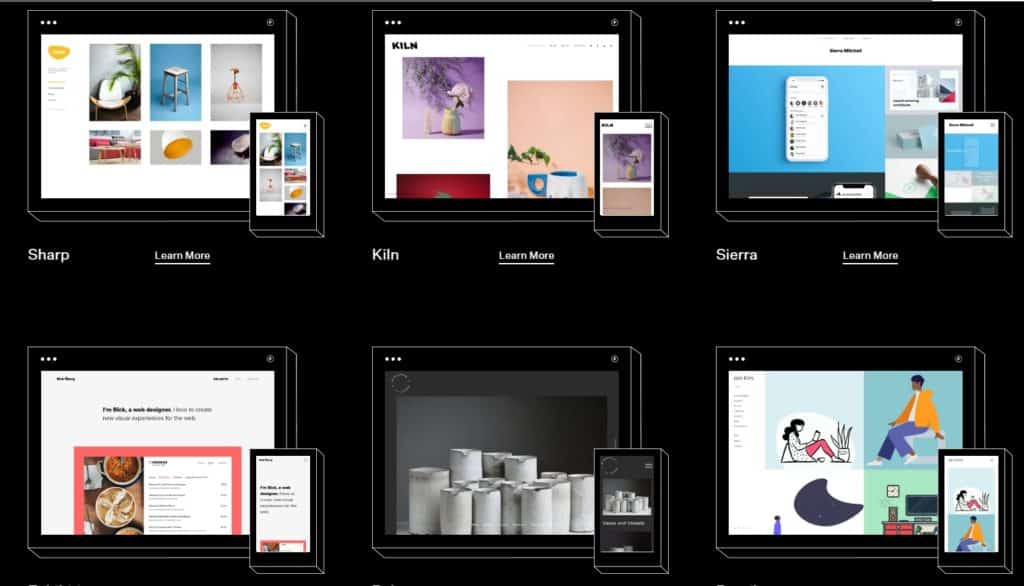
6: Building Your Portfolio
As your level design skills progress, it’s essential to curate an online portfolio to showcase your work to prospective employers. A strong portfolio is your ticket to landing that first industry job.
Key Takeaway: Build an online portfolio featuring your most polished level design projects to demonstrate your skills.
Here are some tips for creating a stand-out portfolio:
- Pick a Platform – Create a website, Behance, ArtStation, LinkedIn or Itch.io portfolio. Pick a platform that fits your work and makes it easy to update frequently.
- Show Don’t Tell – Focus on showing off levels visually with screenshots, concept art, and gameplay videos or GIFs. Keep written descriptions brief.
- Quality Over Quantity – A few highly polished, complete levels are more valuable than dozens of unfinished prototypes. Feature your best work.
- Details – For each level, include info like the engine used, your role, purpose, playtime, tools utilized, etc. Provide context.
- Playable Builds – Include download links or embeds so employers can experience levels firsthand if possible.
- Multiple Projects – Showcase work across different games, editors, and genres to prove versatility.
- Feedback – Ask other designers for feedback to highlight your portfolio’s strengths and identify areas for improvement.
- Update Regularly – Add new levels as you complete them. Show progression over time. Remove or update older projects that no longer reflect your current skills.
With a diverse portfolio demonstrating your specialized skills and passion, you can confidently apply for level design jobs knowing you have great work to show off.

7: Making Industry Connections
Beyond raw design skills, getting your foot in the professional door often comes down to networking within the game industry community. Making connections opens up opportunities to get feedback, find mentors, and hear about job openings.
Key Takeaway: Networking with other game designers can lead to valuable feedback, mentors, and potential job opportunities.
Here are some ideas for making meaningful industry connections:
- Attend Conferences – GDC, PAX, E3 and other major gaming conferences allow you to connect face-to-face with developers.
- Forums – Polycount, Reddit, and specialty forums let you chat with pros and get portfolio feedback.
- Twitter – Follow and interact with level designers at studios you admire. Great for advice and inspiration.
- Discord – Game dev discords have channels for networking and playtesting. I recommend the Leelah Discord and Modder Central.
- Meetups – Local game dev meetups are a great way to find mentors and collaborators. Check Meetup.com for groups near you.
- LinkedIn – Connect professionally with designers at target companies. pay attention to job postings.
- Industry Events – Look for local developer social events and workshop opportunities like playtesting parties.
- Game Jams – Participate in local jams and game making events to build your network.
The more designers you interact with, the more you learn and the greater your visibility is to potential employers. Make connections before actively applying for jobs, and you’ll likely have a much easier time getting hired.

8: Applying for Level Design Jobs
Once you have a solid portfolio built up and some industry connections established, it’s time to start actively applying for your first paid level design role. The job hunt process can be arduous, so stay determined through rejections.
Key Takeaway: Apply extensively for entry-level design roles and be willing to start small doing mods and outsourced work.
Here are some tips for the application process:
- Junior Roles – Look for Associate, Assistant or Junior level design positions that require 1-2 years experience. Avoid roles looking for 5+ years.
- Studios – Target small indie studios first as they’re more likely to take a chance on junior talent compared to large AAA companies.
- Location – Expand your search nationwide and consider relocating. Geographic limitations drastically reduce options.
- Outsource – Apply for outsourced level design work on sites like Upwork. Great way to gain commercial experience.
- Mod Teams – Join an established mod team creating levels for popular games like Counter-Strike.
- Quality > Quantity – Spend time customizing your cover letter and portfolio for each application rather than blasting out generic submissions.
- Persist – Don’t get discouraged by rejections. Iteratively improve your portfolio and skills between applications.
- Referrals – Ask your network connections to refer you if they have insider opportunities. Referrals often expedite hiring.
With some luck and perseverance, you’ll eventually land that first elusive level design role. Be willing to start small doing mods, outsourced gigs, or QA. Get your foot in the industry door, gain experience, then work your way up to bigger roles.
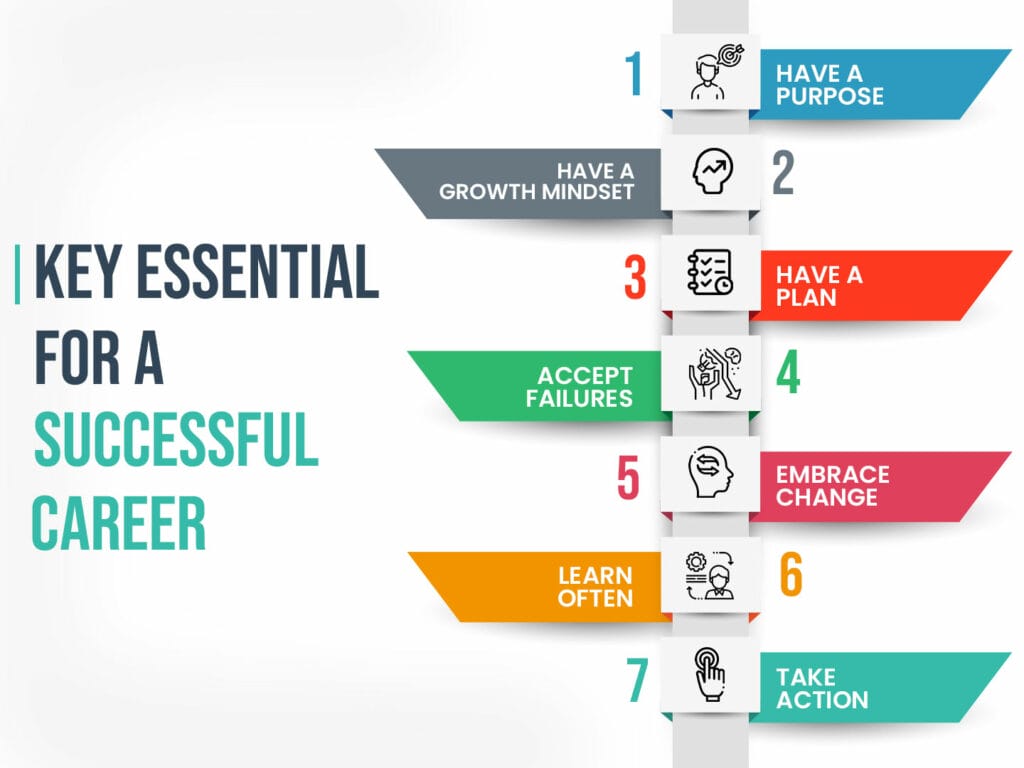
9: Keys to Success as a Professional
Congratulations, you’ve landed your first job as a level designer! This is a huge accomplishment, but the real work has only just begun. Succeeding as part of a professional design team takes some key skills beyond raw talent.
Key Takeaway: Soft skills like communication, collaboration, iteration, and resilience are vital to thriving as a professional designer.
Here are some essential tips for level designers entering the workforce:
- Communication – Clearly pitch ideas and give/receive feedback professionally. Writing and presentation skills are hugely valuable.
- Collaboration – Check your ego. Be a team player willing to compromise and iterate for the greater good.
- Time Management – Scope projects realistically and hit milestones. Crunch time is common but shouldn’t be constant.
- Tools Proficiency – Constantly learn new software and engines. Stay flexible and adaptable.
- Resilience – Designs often change dramatically or get cut. Don’t take it personally, remain determined.
- Mentorship – Seek wisdom from senior designers. Ask questions and learn the studio’s style.
- Ownership – Treat projects like your baby, care deeply about making them spectacular. Passion shines through.
- Work Ethic – Be the first in and last out. Hard work and dedication pay off.
- Health – Make time for self-care. The mental and physical strains of design work can pile up.
The industry is competitive, but designers who master communication, collaboration, and resilience can build an amazing career. Stay determined through challenges and remember why you fell in love with games and level design in the first place.
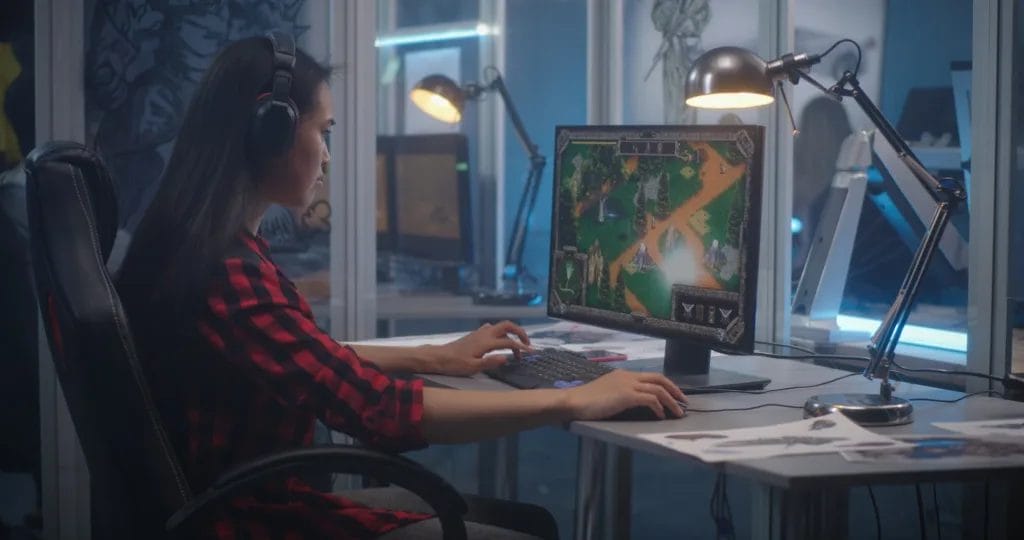
10: Learning Technical Level Design Skills
While this guide has focused mainly on the artistic side of level design thus far, it’s also crucial to develop some key technical skills related to implementation. Technical competency allows you to realize your creative visions without being limited by tools or workflows.
Key Takeaway: Complement your artistic abilities with vital technical skills like scripting, data organization, debugging, and profiling.
Here are some of the most important technical areas for level designers to grasp:
Scripting – Learn visual scripting tools like Blueprints or Bolt to add interactability and behaviors without coding. Even basic scripting enables far more dynamic levels.
Data/Sequencing – Use data driven methods to spawn enemies, trigger events etc. Maintain proper data hygiene and organization.
Profiling – Profile and optimize CPU and GPU performance. Identify bottlenecks. Reduce draw calls through occlusion, LODs and batching.
Source Control – Properly use Perforce, Git or version control to track changes and manage scene files between team members.
Bug Testing – Methodically test levels to identify and squash bugs. Use issue tracking tools.
Build Processes – Understand the build pipeline, asset imports, prefabs, cooking etc. Troubleshoot issues.
Documentation – Write detailed documentation so others understand your levels, scripts, parameters, etc.
Pipeline Tools – Learn how to use in-house tools and editors that streamline studio workflows.
Multiplayer – Implement networked gameplay, replication, matchmaking and other systems.
Developing these technical skills in conjunction with your creative abilities will make you a far more well-rounded and capable designer prepared to tackle professional challenges.

11: Continuing Your Level Design Education
If you’ve made it this far, congratulations on all you’ve already accomplished on the path to becoming a professional level designer. But the learning never stops – even industry veterans are constantly expanding their knowledge and skills.
Key Takeaways: Successful level designers stay curious, continuously improve, and expand their skillsets throughout their careers.
Here are some ways to continue growing your abilities over time:
Make learning and refining your craft a daily habit, not a chore. Curiosity and hunger for knowledge will serve you well throughout your design career. The day you think you know everything is the day you stop growing.
Conclusion How to Become a Level Designer
We’ve covered a ton of ground in this guide. You now have all the theoretical knowledge, practical skills, tools, resources and advice needed to start your professional level design journey. What matters most now is taking that first step – download those engines, uncap your pens, open up the editors and start bringing your ideas to life.
The road will have its challenges, but with passion, perseverance and continuous learning, you are fully capable of turning a lifelong love of games into a successful career doing what you enjoy. Believe in your potential. Before you know it, you’ll be shaping worlds explored by millions. Now get out there, start designing and make your virtual dream levels a reality!
Everything you need to pivot from game-loving enthusiast to professional level designer. Let’s recap the key lessons:
Beyond fundamentals, to really stand out as a candidate and excel as a professional designer, it helps to specialize by developing expertise in specific facets of level design.
Here are some common specializations to consider:
Lighting/Shading – Become an expert at lighting spaces for mood, guiding the player, and performance optimization. Master rendering techniques.
Architecture – Craft interesting architectural spaces and layouts, either realistic or fantastical. Know architecture history.
Terrain Sculpting – Focus on terrain generation, organic sculpting, erosion effects, and nature asset placement.
Multiplayer Map Design – Specialize in crafting balanced competitive/cooperative online maps and understanding meta design.
Environmental Storytelling – Use space to subtly convey narrative elements and enrich world-building.
Spatial Puzzles – Design intricate environmental puzzles and complex navigation challenges. Know player psychology.
Scripting – Complement your layouts with robust gameplay scripting using visual scripting tools.
Optimization – Ensure levels achieve high framerates by minimizing draw calls, poly counts, effects etc.
Accessibility – Learn to design levels that accommodate disabled players. Know guidelines.
Modding – Become an expert at building levels using modding tools and asset remixing.
Take time to identify your innate strengths and interests among these specialties or others. Pursue game projects that allow you to further develop those focused skills. Over time, establish yourself as skilled in specific facets of level design that you truly enjoy.
Key Takeaway: Focus your skills in a specialty like lighting, set dressing, pacing, multiplayer maps, etc. based on your strengths.
If you want to read more interesting level design articles check our blog.
Frequently Asked Questions ( FAQ) How to become video game level designer
Q: What is a level designer?
A: A level designer is a professional in the video game industry who is responsible for creating and designing the levels or environments in a video game.
Q: How do I become a level designer?
A: To become a level designer, you can start by gaining a solid understanding of game design and development. You can pursue a degree in game development or take online courses to learn the necessary skills.
Q: What skills are required to become a level designer?
A: Some of the key skills required to become a level designer include a strong understanding of game mechanics, proficiency in graphic design software, good communication skills, and creative problem-solving abilities.
Q: What is the salary for a level designer?
A: The salary for a level designer can vary depending on factors such as experience, location, and the size of the game company. On average, level designers can earn a competitive salary in the gaming industry.
Q: How does one become a video game level designer?
A: To become a video game level designer, you need to have a strong passion for video games and an understanding of game development processes. Acquiring the necessary skills and gaining professional experience can help you land a job as a video game level designer.
Q: What is the job description of a level designer?
A: The job description of a level designer includes creating and designing different levels within a game, implementing game mechanics, collaborating with other team members such as programmers and graphic designers, and ensuring a seamless and engaging gameplay experience for players.
Q: How long does it take to become a level designer?
A: The time it takes to become a level designer can vary depending on several factors, such as the individual’s dedication and the path they take to acquire the necessary skills. It can take anywhere from several months to a couple of years to become a proficient level designer.
Q: What is the role of a level designer in the game development process?
A: The role of a level designer in the game development process is to create and design the levels or environments that players interact with. They work closely with other team members, such as game designers and programmers, to ensure the levels are well-balanced, visually appealing, and provide an enjoyable gameplay experience.
Q: What are the career opportunities for aspiring level designers?
A: Aspiring level designers can pursue a career in the video game industry and work for game development companies, both large and small. They can also explore freelance opportunities or start their own independent game development projects.
Q: What are the different levels a level designer can work on within a game?
A: A level designer can work on various levels within a game, including tutorial levels, main story levels, side quest levels, and multiplayer levels. Each level requires unique design elements and challenges to engage the players.
















